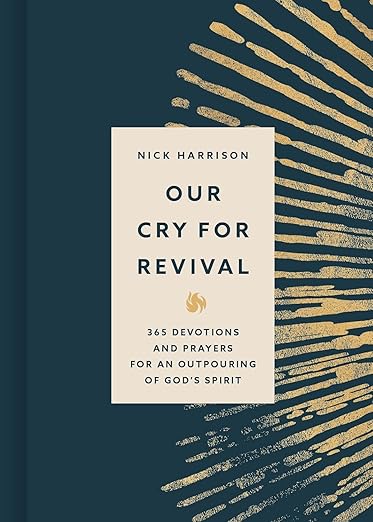Toni Morrison
I apologize for the absence in blogging. I was away at a really fine writer’s conference and came back to a manuscript I was editing that was facing a quick deadline. In fact, I’m still busy enough that today’s blog will be short, but hopefully meaningful. (And to my FB friends, this is not the rant. Sorry Patrick).
In this week’s Publisher’s Weekly, there’s a brief interview with Toni Morrison. A couple of her answers to PW’s questions jumped out at me as important points for every writer to remember, so I offer them with hopes they will help. They are applicable to writers of both fiction and non-fiction.
The first point is found in Ms. Morrison’s statement, “I know what to leave out—which is the most important thing. It’s not what you put in, it’s what you don’t say that makes a powerful difference.” That confirms what my artist friend Jean-Paul Dusseault has told me about art. Good art—and good writing—is as much about what is left out as it is about what is seen or written. Nuanced truth is, I believe, more effectively received than truth overtly spelled out for the reader. Often, that nuance is a result of what you’re leaving out, not what you’re saying. Going through the second, third, or fourth draft of a manuscript is the time to be looking for scenes, dialogue, or narrative that is too obvious and needs to be cut. As a writer, learn what to leave out. It’s as important as what to put in.
The second point was when the PW interviewer asked Ms. Morrison if she still writes with No. 2 pencils on a yellow legal pad. She said, yes, she does, but “when I’ve done a chunk of it, I put it on the computer and print it out.” The interviewer then says, “And then you edit it.” She replies, “Back and forth, back and forth. It works for me.”
I’m afraid too many of us eliminate much of the “back and forth, back and forth” stage of editing our manuscripts. Most good writers will take their fiction manuscripts through six or seven drafts (or more). Each draft should bring the story closer to perfection.
So, there are today’s two lessons. They can be summed up as “Know what to leave out of your writing” and “Back and forth, back and forth.” Two very important principles that will result in much better writing.




This post makes me smile. I agree entirely with both points and as I’m in yet another “back and forth” process, I especially appreciate it.
And the whole “leaving out” thing! So stinking true. It’s one of the problems I see in the Christian marketplace and such an easy pit fall to stumble into. As I go “back and forth” I find I eliminate more than I add. I think it’s good for authors to whip out their very own red pen and go to town. Makes us better.
Thanks, Nick.
My time spent creating documentaries has really demonstrated the power of editing down to the point of pain. It makes things so tight, and so much more dynamic.
But…it doesn’t stop the tears from flowing as those precious clips fall to the floor.
Good points, Nick. But I was hoping for the rant too. 🙂
I think your nuance-of-absence is especially important in dialogue. What’s unsaid between characters can yank a reader’s heart out more effectively than some of the best written lines.
Nick, Although I don’t think the pencil/legal pad would work for me (Have you ever tried to read a doctor’s handwriting?), the back and forth thing definitely does. And I may not know what to leave out, but I definitely have learned what to take out. To help me feel better about cutting, I put a folder on the desktop for the passage or scene (or chapter…sob!), and occasionally I can rework the material and use it later. But most of the time, all I get from those words is the practice of having written them.